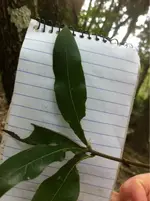Salura
Sr. Member
- Joined
- Jun 21, 2013
- Messages
- 279
- Reaction score
- 122
- Golden Thread
- 0
- Location
- Micanopy, Fl
- Detector(s) used
- Garrett AT Pro; White's Classic 1 SL with Blue Max 8000 disc, Garrett Pro-pointer; White's Bulls eye II pin pointer;
- Primary Interest:
- Metal Detecting
I've read about how the Indians marked their trails with "trail trees" and blaze markings (like rocks stacked in a formation, pattern, etc) and carvings into trees (aka "arborgraphs") and I've seen some photos, but I've never seen any in person.
My research tells me there was a well known and well used trail in the site i have access to. I've done some preliminary recon, and took some pictures. I don't know what I'm looking at, so I'm not getting my hopes up, but look at these and tell me if these are intentional markings or natural occurances. I don't want to be barking up the wrong tree.
The first two pics are a tree located on what should be the trail. The circumference of the tree is only 49.5" so by my guestimation, the oldest it could be isn't very old (American elm?), like 1950?
The last pic is the SW side of a different tree a few paces SE of the other tree. It reminds me of a fox, or a wolf. The more I stare at it the more things come to my imagination (like when you stare at clouds).
What do you think?
My research tells me there was a well known and well used trail in the site i have access to. I've done some preliminary recon, and took some pictures. I don't know what I'm looking at, so I'm not getting my hopes up, but look at these and tell me if these are intentional markings or natural occurances. I don't want to be barking up the wrong tree.
The first two pics are a tree located on what should be the trail. The circumference of the tree is only 49.5" so by my guestimation, the oldest it could be isn't very old (American elm?), like 1950?
The last pic is the SW side of a different tree a few paces SE of the other tree. It reminds me of a fox, or a wolf. The more I stare at it the more things come to my imagination (like when you stare at clouds).
What do you think?
Attachments
Upvote
0



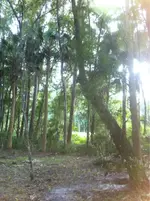

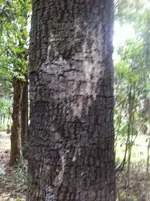
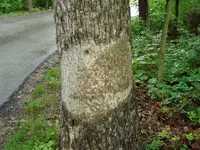

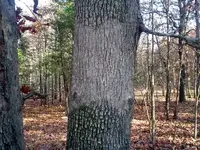
 I think you need to cover up those tree limb stubs in that last pic.
I think you need to cover up those tree limb stubs in that last pic.